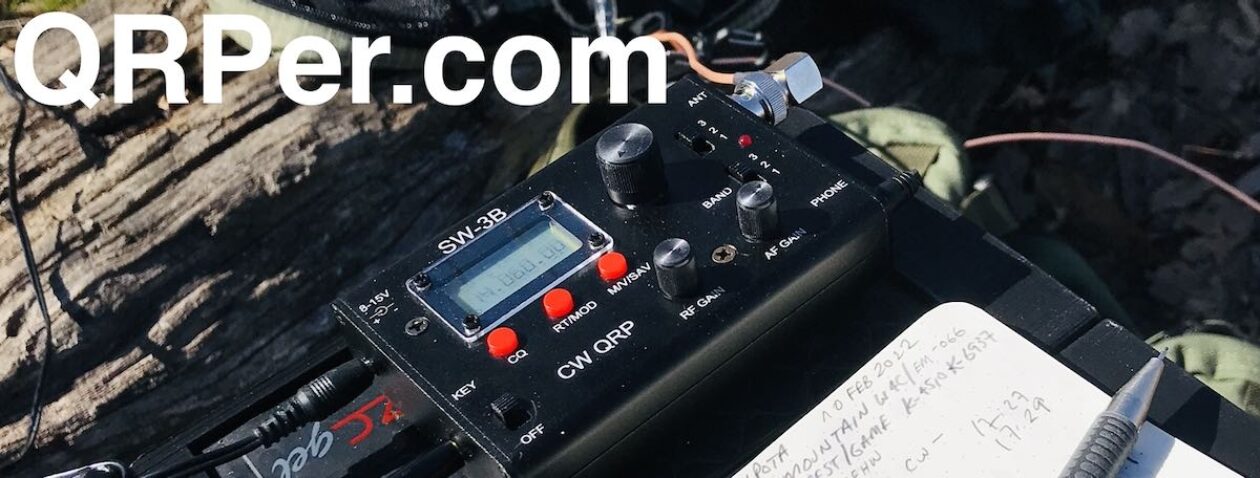by Thomas (DM1TBE)
Intro
The holidays seasons like Christmas or Easter provide an opportunity to return to the family. So I drove across Germany to Potsdam, where I have grown up, during the extended Easter weekend.
Potsdam is a historic city located in the state of Brandenburg, Germany, next to the capital Berlin. It has a rich history dating back to medieval times, when it was founded as a settlement on the banks of the Havel River. In the 18th century, Potsdam became the residence of the Prussian royal family and was transformed into a center of arts, architecture, and culture. The famous Sanssouci Palace, built by Frederick the Great, is one of the many palaces and gardens that reflect the city’s royal heritage.

Close to the Sanssouci Palace, the Neue Palais, a grand palace, is located. It is a magnificent example of Baroque architecture, with its grand façade, opulent interiors, and beautiful gardens, and it was used as a guest residence for the Prussian royal family. Later William II, German Emperor and King of Prussia, made it to its main seat.

Potsdam was also a significant location during World War II. During the last days of the war, the 12th German Army tried to break through the Soviet blockade around Berlin, which caused fierce fighting close to the city.
Less than a month before Germany’s final surrender, 1700 tones of bombs were dropped causing destruction of a large part of the city center. Still a lot of dangerous stuff from those times is found during construction works until today.
The city also served as the site of the Potsdam Conference in 1945, where leaders of the Allied powers met to discuss the future of post-war Europe – here with Winston Churchill, Harry S. Truman and Josef Stalin during July 1945.

Before I started the trip, I checked which ham radio programs offer outdoor activations in the region. The whole area is more or less flat, so not SOTA summit within a radius of a one-hour drive. Also, no POTA park existed, so I thought suggesting two would be good, for me and POTA :).
One new park later accepted by POTA was the Babelsberg Park with its Babelsberg Palace. The palace was the summer residence of Prince William, later German Emperor William I and King of Prussia, and his wife.

The park and the palace is on the UNESCO World Heritage list.
From the park, you have a good view to the Glienicke Bridge, probably better known from Steven Spielberg’s movie “Bridge of Spies”.
The Bridge of Spies connects Berlin (formerly West-Berlin part) with Potsdam, (formerly East Germany), hence formerly the Soviet and Western (US, UK & France) controlled parts of Germany. The bridge was used as an exchange for spies between Western and Eastern powers. Probably most prominent was the CIA pilot Gary Powers, who was shot down over the Soviet Union with a U-2 spy plane in 1960. Below is an image of the beginning of another spy exchange in 1986.

I grew up during those times less than a mile away from that bridge, in Potsdam, i.e. in the Soviet controlled part of Germany, and the area up to the bridge, where a lot of Soviet army installation were located, was my playground. Continue reading Park Babelsberg – POTA ATNO on a UNESCO World Cultural Heritage site















































